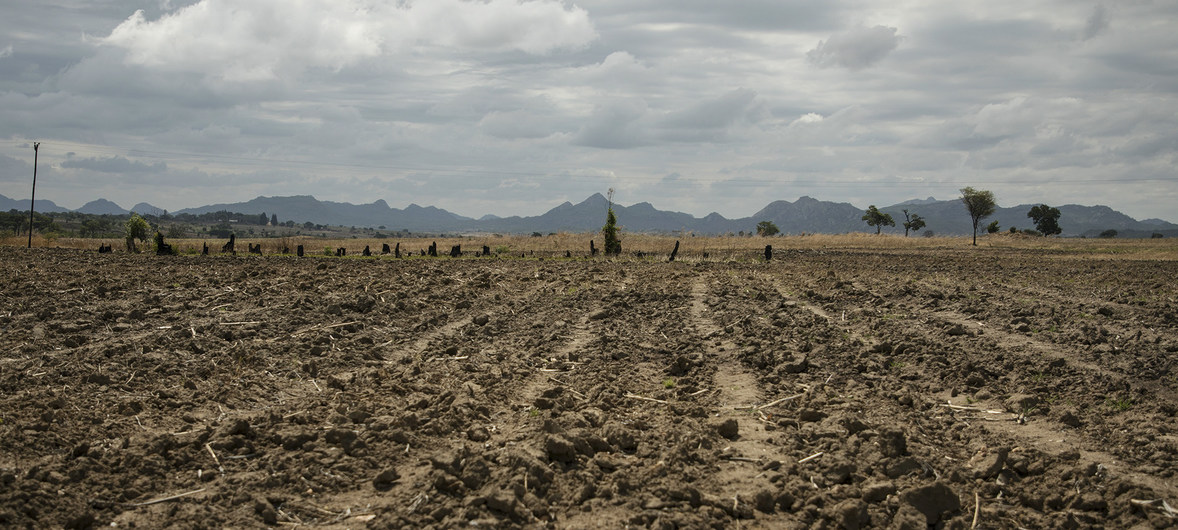
The IFRC Disaster Response Emergency Fund (DREF) has approved a total of CHF 549,318.00 for the Zimbabwe Red Cross Society’s Early Action Protocol on droughts. The approved amount consists of an allocation of CHF 182,440 for readiness and CHF 366,878 allocated to implement early actions once the defined triggers are met. Allocations are made from the Anticipatory Pillar of the DREF, under the DREF appeal code MDR00001. Unearmarked contributions to the DREF are encouraged to guarantee enough funding is available for the Early Action Protocols being developed.
The Drought Early Action Protocol (EAP) for the Zimbabwe Red Cross Society (ZRCS) is a tool to guide the timely and effective implementation of early actions based on forecast and observational data, which predict meteorological hazards with a high likelihood of humanitarian impact.
Drought (Meteorological and Agricultural) is the most common and high-impact natural hazard occurring in Zimbabwe, both in terms of frequency of occurrence and the number of people affected, with droughts accounting for 7 out of the 10 top major natural hazards since recorded 1990. Due to increasing climatic uncertainty, and reduced coping capacity, the risk of drought has spread to all areas of the country and is affecting a broader range of people, in both urban and rural areas. Furthermore, the impacts of this hazard are predicted to increase, with the World Bank Group Climate Change Knowledge Portal, predicting the annual likelihood of Zimbabwe encountering severe drought to increase by 21% in 2040 to 2059 and by 47% in 2080 to 2099 compared to the baseline period of 1986 to 2005 scenario.
At a national scale, droughts often result in crop failure, loss of livestock and wildlife, and power outages. The country’s worst drought occurred in 1991/2, directly affecting 5 million people and resulting in serious food insecurity and water shortages which had a ripple effect on the Southern African region compromising food security in countries that were reliant on Zimbabwe’s food exports. Repeated drought exposure has entrenched vulnerabilities and reduced the coping capacities of small-scale farmers, leaving an increasing number of people who are affected by the impacts of drought.
This EAP has been developed through extensive consultation with key informants, at the community, district, and National levels, and has been supported by technical guidance from the 510 Data initiative and the Red Cross Red Crescent Climate Centre. The monitoring of the hazard and the implementation of the Early Actions will be led by the ZRCS, guided by relevant Government of Zimbabwe (GoZ) departments, including the Agricultural Extension Department, the Veterinary Department, and the Meteorological Services Department.
This EAP has also been developed with close reference to the Government of Zimbabwe National Drought Plan and aligns the identified roles of the Zimbabwe Red Cross and other stakeholders. Technical and financial support for the development of this EAP has been provided by the Danish Red Cross and Finnish Red Cross Societies.


